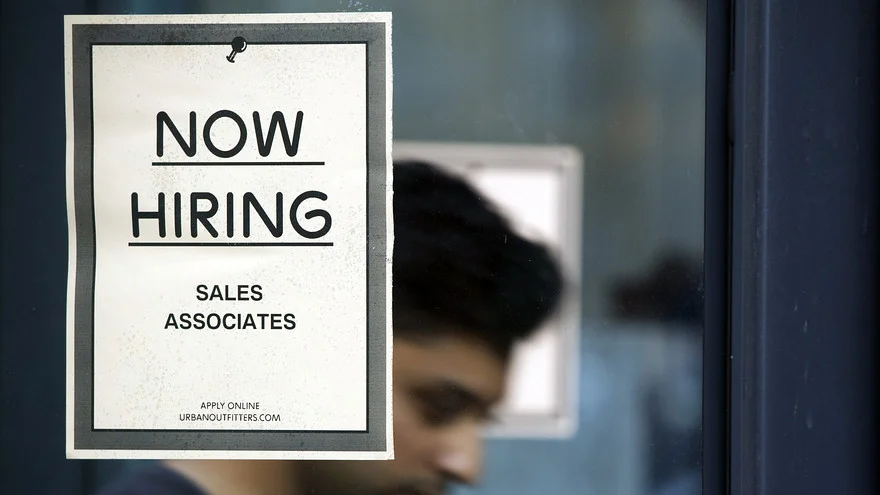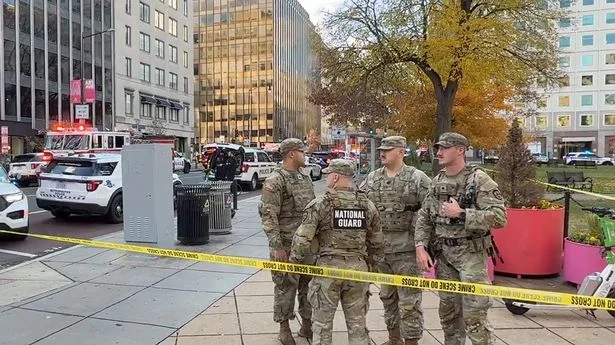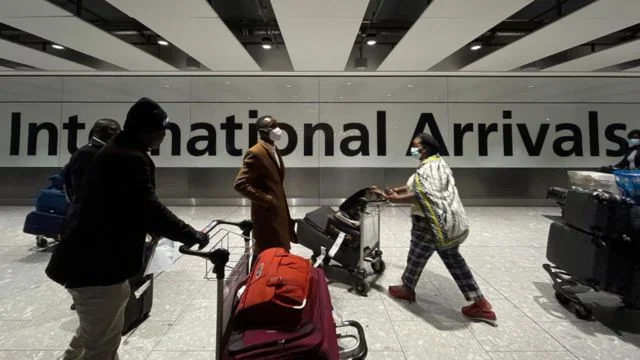The American labor market continues to send mixed signals to policymakers. New data reveals that the number of Americans filing for unemployment benefits dropped to a seven-month low last week, a sign that employers are holding onto workers despite broader economic uncertainty.
However, beneath the surface of these robust headline numbers lies a more complex reality: while layoffs remain historically low, the economy is struggling to generate enough new roles for those currently out of work.
The “No Hire, No Fire” Standoff
Initial claims for state unemployment benefits fell by 6,000 to a seasonally adjusted 216,000 for the week ending November 22. This marks the lowest level since April and defies earlier forecasts that predicted a rise to 225,000.
Economists describe the current environment as a “no hire, no fire” market. Businesses, wary of aggressive trade policies and immigration restrictions, are reluctant to expand their workforce.
Conversely, they are equally hesitant to let existing talent go, likely fearing recruitment difficulties if the economy accelerates again.
The Federal Reserve’s “Beige Book” report corroborated this trend, noting that while employment dipped slightly in mid-November, most districts reported that companies are managing headcount through hiring freezes and attrition rather than direct layoffs.
Rising Slack in the System
Despite the low firing rate, it is becoming harder to find a job. “Continuing claims” the number of people receiving benefits after an initial week of aid rose by 7,000 to 1.96 million.
This metric serves as a proxy for hiring velocity. The steady rise suggests that once workers lose their jobs, they are spending longer periods on the unemployment rolls.
This accumulating “slack” in the labor market indicates that recent graduates and those re-entering the workforce are facing significant headwinds.
Impact on the Federal Reserve
The resilience of the labor market presents a dilemma for the Federal Reserve. With inflation still elevated, the central bank needs to see a significant cooling in the job market to justify further interest rate cuts.
Market expectations had previously shifted toward a quarter-point rate reduction at the upcoming December 9-10 meeting. However, the absence of labor market deterioration argues against easing monetary policy too quickly. Fed officials remain divided, though the lack of distressing layoff numbers gives “hawks” on the committee ammunition to keep rates steady.
Business Spending Defies Gloom
While hiring has stalled, business investment is surging. A separate report showed that orders for non-defense capital goods (excluding aircraft), a key indicator of business spending plans—jumped 0.9% in September.
This rise was driven by strong demand for:
- Computers and electronic products
- Electrical equipment and appliances
- Primary metals and transportation equipment
This spending is largely underpinned by the integration of Artificial Intelligence (AI). As companies like Amazon pivot toward automation, capital is flowing into technology rather than payrolls. While this boosts manufacturing and GDP, economists warn that AI integration could lead to increased job cuts appearing in the claims data next year.
Economic Outlook
Despite the political volatility and the government shutdown, the broader economy remains surprisingly resilient.
-
GDP Growth: The Atlanta Federal Reserve is forecasting a robust 3.9% annualized growth rate for the third quarter.
-
Market Reaction: Wall Street has reacted positively to the data, with stocks trading higher and Treasury yields rising.
As the year draws to a close, the US economy appears to be running on a dual track: robust corporate investment and growth, contrasted with a stagnant job market where security is high for the employed, but opportunities are scarce for the jobless.
2025 Year in Review: 10 Global Events That Defined a Turbulent Year























